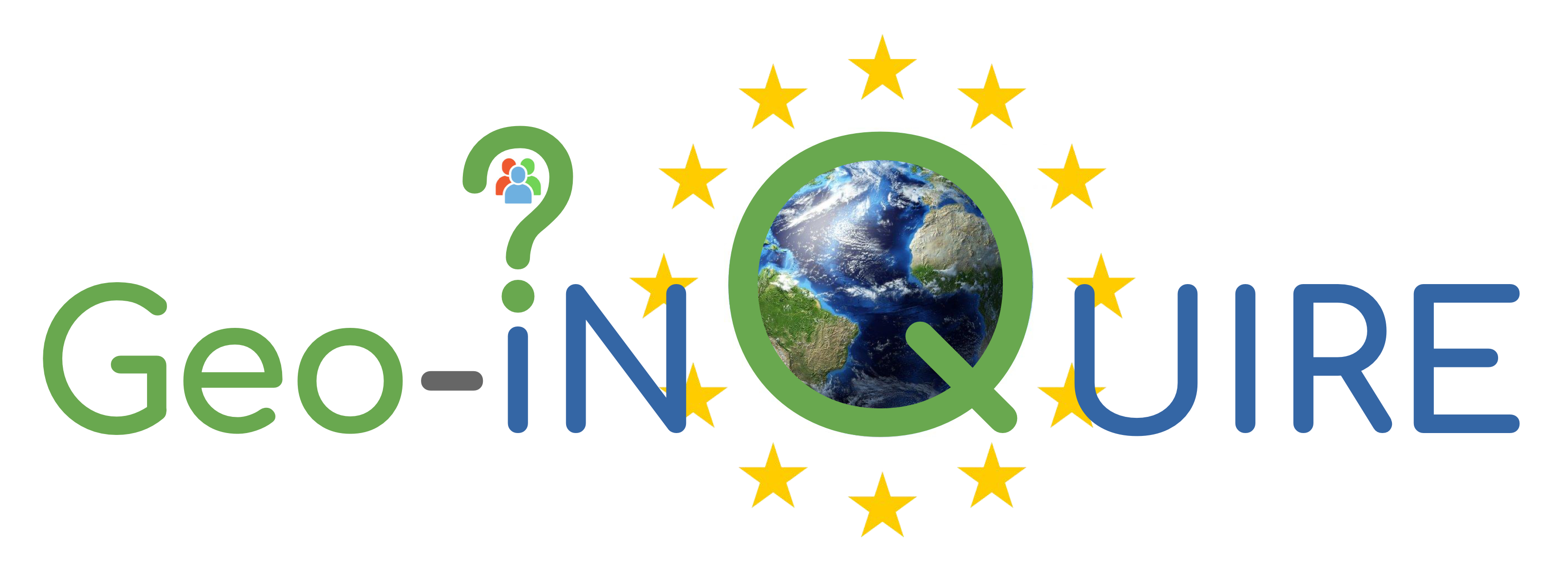PTHA - Probabilistic Tsunami Hazard Assessment (TA2-541-6/TA2-541-7/TA2-541-8)
This installation is not available during the fourth Geo-INQUIRE Transnational Access Call.
1. Hosting Institution
Physical and remote: Norwegian Geotechnical Institute (NGI), Oslo, Norway
Remote: Istituto Nazionale di Geofisica e Vulcanologia (INGV), Italy
Remote: Universidad de Málaga (UMA), Spain
Remote and HPC resources: Consorzio Interuniversitario (CINECA), Italy
2. Description
Transnational Access to ChEESE-CoE physics-based High Performance Computing workflows for Probabilistic Tsunami Hazard Assessment (PTHA) will be granted, to allow realization of models at high resolution and large ensemble size for improved accuracy and uncertainty quantification.
The Ch-PTHA service offers a computational workflow for Probabilistic Tsunami Hazard Assessment (PTHA) at local scale, which was optimised in the framework of the ChEESE CoE.
The Ch-PTHA Workflow considers earthquake sources. It takes as input the lower resolution regional hazard model NEAMTHM18, if the target coastline is in the Mediterranean Sea; otherwise, the user must provide a list of earthquakes and of their mean annual rates of occurrence. It combines a probabilistic analysis workflow with the tsunami computational engine Tsunami-HySEA for simulating local tsunami inundation probability using local high-resolution bathymetry and topography. The service allows the user to upload their own local grids, and to compute on them the high-resolution probabilistic tsunami hazard maps, starting from existing probabilistic source models and/or regional PTHAs.
Ch-PTHA can be used for computing hazard curves and maps at a target site, due to tsunami originated by seismic events. Then, one high-resolution (5-10 m) tsunami inundation simulation has to be run for each of the – typically tens of thousands - tsunamigenic earthquake scenarios among those included in the regional hazard model, that are relevant for the target site.
The introduction to the numerical tool will be done with prepared examples, but applicants should provide the bathymetric and topographic data for the site of interest for their project.
3. Services offered
The service will be provided through trans-national access, which includes training, co-design of the experiment, computational resources, and assistance for all phases during a physical stay at NGI, with the support of INGV for the project preparation, UMA for the tsunami simulations with HySEA, and of CINECA for the usage of HPC facilities.
For the TA we will offer initial training in combination with several weeks of hands-on support and resources to spin up new applications and use cases after the training.
4. Modality of access
- A maximum of 1 access of 2 weeks of in-person plus 2 weeks of remote access to NGI, Norway; TA grants will cover the costs for travel and subsistence. 4 weeks of remote support by INGV; 4 weeks of remote support by UMA.
- Access, in total, to maximum 4.5 million core-hours computing time on the Leonardo supercomputer at CINECA and 0.5 weeks of remote support.
Concerning point 2, remote support and access to in-kind computer resources at the hosting institution is also possible, where available and technically meaningful.
5. Support
Personalized training and support for the definition of the scientific problem, settings of the simulation cases, HPC run of data analysis and elaborations, dissemination of products (e.g., scientific reports, papers), uptake of the simulation results on the Simulation Data Lake at CINECA. HPC budget is offered to perform the simulations.
6. Additional information
The workflow for computing tsunami hazard assessment at local scale is a suite of python/bash codes, in which HySEA GPU-based simulations are embedded, controlled by a master script and an input file in JSON format. The final outputs of the workflow are hazard curves and maps, obtained combining the output of the tsunami simulations and the source probabilities for all the scenarios considered. The hazard curves and maps display the probability of exceeding given levels of inundation within the specified time-range.
Target community/Users:
- Academic and Research community, Hazard Practitioners.
7. Contact person
Steven Gibbons (steven.gibbonsngi.no) and Finn Løvholt (finn.lovholt
ngi.no)
